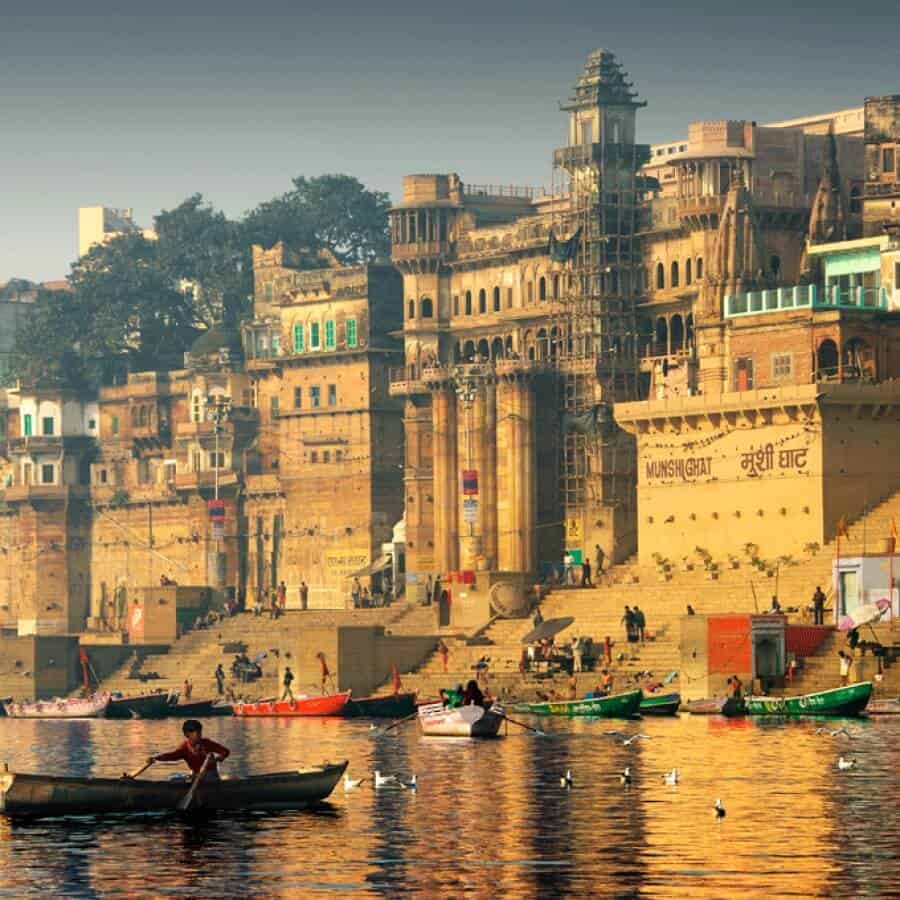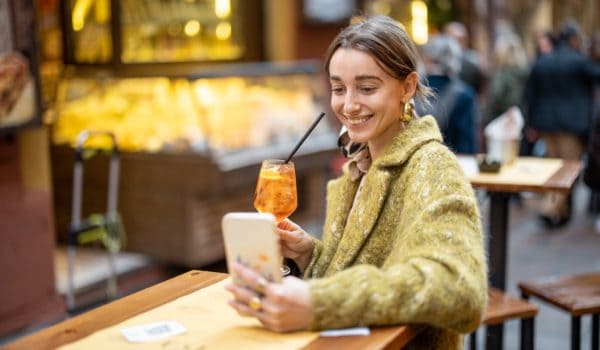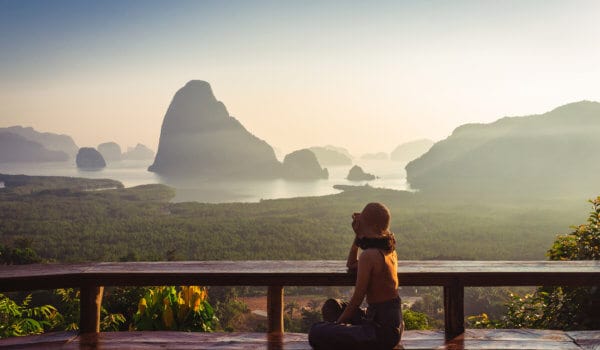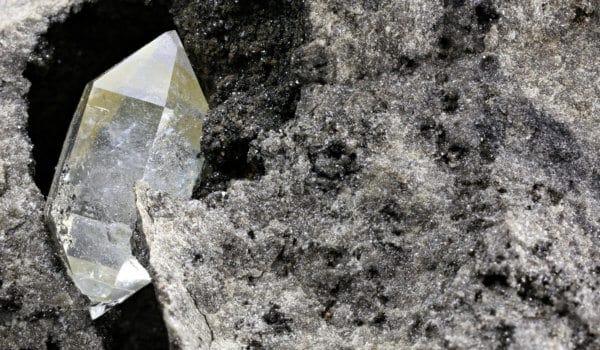Many have travelled to this land of sharp contrasts, from The Beatles to Steve Jobs, in search of creative freedom – and have found it. Even perennially swamped businesspeople have stayed on after what was supposed to be a weeklong trip to India, for several months, even a year. I know someone who decided to make a dash for India, having never been before, immediately after the crisis, and he travelled around on a month’s savings for six months. He would share this valuable piece of advice: don't plan and don’t book anything in advance because with some Indian cities, you want to get out of there as soon as possible, whereas with others, you want to stay on for an undetermined period of time. And as the county’s tourist slogan ‘Incredible India’ suggests, its first impression is guaranteed to shock.
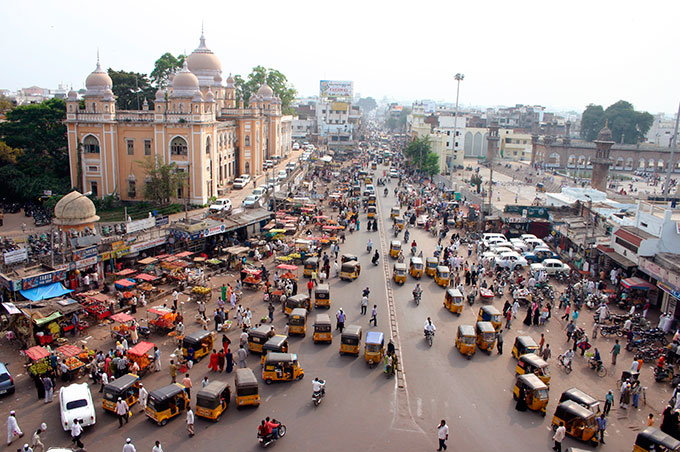
The locals flock to those who look foreign, like moths to flames. To them, you are not so much an opportunity to make some money, as a chance to grant their children a fortunate life. How so? According to local karmic laws, if a white person touches a child, that child will automatically become more fortunate. That is why Hindus hold out their children to the tourists, and they are not shy about touching the newcomers.
The second shock descends upon tourists finding themselves on a road. The worst road traffic you’ve ever seen pales in comparison to the roads in India’s megacities. Besides cars, trucks and off-road vehicles being on the roads, cows and bulls periodically turn up. They are of course holy animals and their killing is punished by the deprivation of freedom, in practically every state in the country. So local inhabitants cautiously drive around or humbly make way for these large, horned beasts. The cattle is occasionally joined by monkeys, whom it is also prohibited to harm. Together, they make for long and protracted traffic jams.
The next shock tourists receive is the most difficult one to come to terms with. It is food, can you believe it? There are whole legends about the organic transformations that occur inside those unaccustomed to Indian delicacies, and which medicines help with the unexpected upset stomach. There are unsanitary conditions and it is the spicy dishes that are to blame for all this. It may seem like a joke but the advice given is that consuming alcohol before and after eating in India is vital. In fact, many visitors of Goa, for example, cunningly keep a constant supply of alcohol on them to disinfect their food.
In their culinary tastes, the Hindus themselves stick to the rules of their religion. Both Hinduism and Islam influence the food here. As unusual as it may seem to some, even members of the same family may eat separately in order to follow their religious denomination. Southern India is celebrated for its vegetarian culinary delights. The west coast spoils us with a wide variety of fish and seafood. But the famous Indian rum can be found all over. It was offered to some friends of mine as part of a promotion with the car they had rented together with a driver for the entire duration of their trip. The added extra was provided every day by the bottle. The driver took a great interest in their health but was baffled as to why, on only the second day, they turned down the intoxicating drink.
Once you have made it through all three stages of shock and come to grips with the local customs, it is time to take in India’s amazing architecture and unique natural riches. The most popular spot to relax in is by all accounts Goa. It appeals to those who are hippies in heart, so much that in the 1960’s India’s smallest state turned into the meeting point of the flower children. Their descendants to this day still sunbathe here under the hot sun, finding it their own little piece of paradise on Earth. Apparently, paradise is located in north Goa, in Anjuna, if only for the fact that that is where the country’s freest and most colourful hippies flock to.
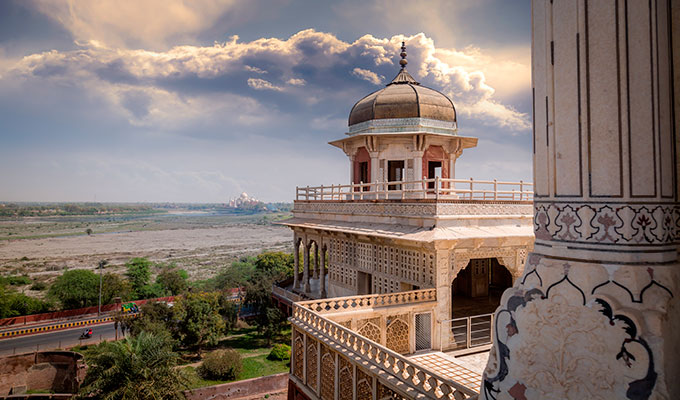
For all those captivated by the snowy-white Taj Mahal and tales of everlasting love, Agra is the city you are looking for. Then there’s the capital, New Delhi, which is difficult to skip since practically all air corridors lead there. This year, the city is flinging its doors open to everyone in honour of its jubilee: exactly 100 years ago, the British powers made the decision to move the capital from Kolkata to Delhi. A century ago, as part of a project by leading English architect Edwin Lutyens, some broad boulevards were set among the trees nearby Delhi, already in existence. A few years later, New Delhi emerged as the smallest part of the hulking metropolis. But in spite of all the geographical confusion, the Indian government is still seated at this spot, concealed in the centre of the megacity. According to legend, today’s New Delhi is the eighth city to have stood here, though other versions count it as the fifteenth. For the previous inhabitants moving from one place to another, it was hip. I hope that today’s population will not follow this ancient tradition; otherwise we shall see the greatest migration of our time, and certainly the most colourful.
The Hindus’ traditional dress really catches the eye. Amidst the layers of women’s multicoloured saris, you will also observe several kilograms of adornments. The custom there is that men express their love through a good quantity of jewellery, which they shower their wives and daughters with. Even in the poorest family, women’s necks and fingers display a colourful array of stones. This is such a recognisable image, and it long ago became a big part of Bombay films, and many Europeans associate it with the Hindu way of life.
Then there are the unusual dances with their piercing songs. Through their traditional dances, women are not in fact aiming to display all the charms of their undulating bodies; they are actually telling a story with their dancing. Each gesture has its own meaning: the arms take on the role of the alphabet and the eyes denote an emotional state. For example, the dancer may depict with her fingers the god Vishnu, but if her eyebrows are knitted together, it means he is not in good spirits. I learned about the finer points of art from an Indian dance teacher who once went for a week to Delhi and ended up staying in the country for several years, abandoning her legal career. Upon returning with her husband and a set of twins in tow, she opened up her own school.
They say that in this land of contrasts you find your own meaning. My own yoga teacher never once considered asana or meditation, until his trip to India. It was during Holi, the amazing festival of colours dedicated to the arrival of spring, that a significant event occurred. Every year under the full moon in February or March, cities and people turn into a real rainbow. By decorating each other with different colours and pouring dyed water over each other, Hindus believe that fortune will not fail to enter every home. But don’t be concerned with people all around you daubing themselves from head to toe; the colours help to purge them of their problems and fill their lives with colourful meaning. This was the kernel of truth that my yoga teacher came to understand after his first and definitive trip to India. Perhaps, therein too lies the real meaning of India itself.
Photos: Shutterstock
Support us!
All your donations will be used to pay the magazine’s journalists and to support the ongoing costs of maintaining the site.
Share this post
Interested in co-operating with us?
We are open to co-operation from writers and businesses alike. You can reach us on our email at [email protected]/[email protected] and we will get back to you as quick as we can.
